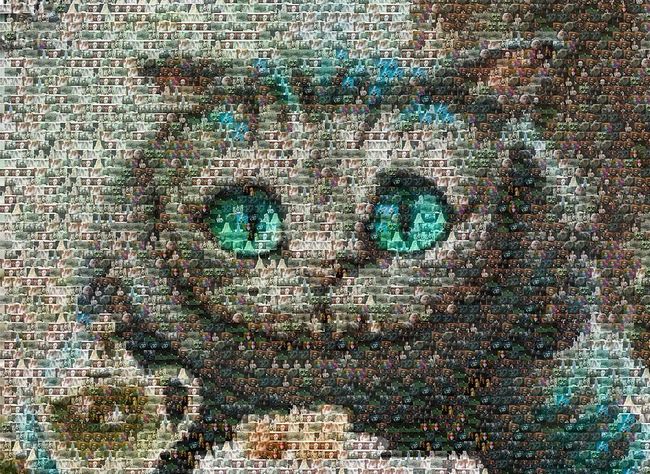

Zeman's 2015 paper used the Vividness of Visual Imagery Questionnaire (VVIQ), developed by David Marks in 1973, to evaluate the quality of the mental image of 21 self-diagnosed and self-selected participants. In 2015, Zeman's team published a paper on what they termed " congenital aphantasia", sparking renewed interest in the phenomenon. Following the publication of this patient's case in 2010, a number of people approached Zeman reporting a lifelong inability to visualize. The phenomenon remained largely unstudied until 2005, when Professor Adam Zeman of the University of Exeter was approached by a man who seemed to have lost the ability to visualize after undergoing minor surgery. Moreover, according to Ribot, men belonging to the typographic-visual type cannot conceive how other people's thought can proceed differently. Similarly, when he heard the name of an intimate friend, he saw it printed and had to make an effort to see the image of this friend. For that man, even the words "dog, animal" (while he was living among dogs and experimenting on them daily) were not accompanied by any image, but were seen by him as being printed. The first discovery of this by Ribot was the case of a man whom he mentions as a well-known physiologist. In 1897, Théodule-Armand Ribot reported a kind of "typographic visual type" imagination, consisting in mentally seeing ideas in the form of corresponding printed words. They had no more notion of its true nature than a colour-blind man who has not discerned his defect has of the nature of colour. To my astonishment, I found that the great majority of the men of science to whom I first applied, protested that mental imagery was unknown to them, and they looked on me as fanciful and fantastic in supposing that the words "mental imagery" really expressed what I believed everybody supposed them to mean. Galton found it was a common phenomenon among his peers.

The phenomenon was first described by Francis Galton in 1880 in a statistical study about mental imagery.
Hyperphantasia, the condition of having extremely vivid mental imagery, is the opposite of aphantasia. Another is object aphantasia, the inability to create mental images of single items or events. One subtype is spatial aphantasia, the inability to create mental imagery in the visuo-spatial aspect. Some research has investigated subtypes of aphantasia. Research on the condition is still scarce. Zeman's team coined the term aphantasia, derived from the ancient Greek word phantasia ( φαντασία), which means "imagination", and the prefix a- ( ἀ-), which means "without". Interest in the phenomenon renewed after the publication of a study in 2015 conducted by a team led by Professor Adam Zeman of the University of Exeter. The phenomenon was first described by Francis Galton in 1880, but has remained relatively unstudied. Not to be confused with aphasia, the inability to formulate language.Īphantasia ( / ˌ eɪ f æ n ˈ t eɪ ʒ ə/ ay-fan- TAY-zhə, / ˌ æ f æ n ˈ t eɪ ʒ ə/ a-fan- TAY-zhə) is the inability to create mental imagery.


 0 kommentar(er)
0 kommentar(er)
